Originally published March 10, 2010
In this new series I get to ply some of my “learning” (as the old folks would say) from music school. Now I promise not to get too nerdy, that’s really not the point. There’s always someone who knows more and there’s always someone who wants to get into a debate as to whether something is a flat 5 or a sharp 4(11). This Inside The Song of “You Give Good Love” won’t be one of those posts.
“You Give Good Love” is from Whitney Houston’s debut album Whitney Houston which was released in 1985(has it really been that long?). Written by LaForrest “La La” Cope the song served as an introduction of Whitney to many who may have not seen her television debut on the Merv Griffin show in ’83, or numerous other appearances on television and record leading up to her debut album. What an introduction it is…

Structure
“You Give Good Love” is comprised of 3 main sections, although sometimes I would argue 4 depending upon how you look at it. So what we have as our main sections are: verse, chorus and bridge. Now the reason that I sometimes argue that there are 4 sections is because of how the verses are constructed. Typically(not always) verses are constructed in 8 or 12 or sometimes 16 measure sections. This song is interesting in that you could either look at it as the verse being one 14 measure section or you could look at it as one 7 measure verse and a 7 measure pre-chorus(your setup for the chorus). I tend to lean towards this mode of thinking because of something that specifically happens before each pre-chorus.
The Magic
All great songwriters have a bag of tricks that they can pull from. Whether it be a turn of a phrase or something rhythmically or harmonically interesting, the great ones know when and how to weave their spell. When I was a younger lad and I first saw the video to the song I knew there was something different going on but I couldn’t really put my finger on it then. I just knew or felt something sounded different. While reading the bio of La La Cope something occurred to me. But first let me back up for a minute. When you read the writer’s credit for the song it says “Words and Music LaForrest Cope”. Ok that speaks volumes right there. In reading Ms. Cope’s bio it mentions she gave a concert at Carnegie Hall at 8. So right there we can glean that she is someone’s pianist. What does that mean?
Well for starters it means that she is going to approach the construction of the song like a pianist. Just like a guitarist would, or a vocalist, or a horn player, percussionist on down the line. What is blatantly obvious in the construction of this song is the amount of time “La La” spent playing and studying classical music. That’s what the magic means to me: The ability to take two disparate forms of music and combine them but in a subtle way that you would only catch if you’re really tuned into what the writer is doing.
This is something that I would love for all the aspiring writers out there to take away from this. Listen to and study all kinds of music, not just the music that you are into. You will be very surprised at how the music you surround yourself with will creep into your own creations. Just make sure it’s good music.
Back to the song…
The most ingenious device that “La La” Cope utilizes in this song is her use of modulation(moving from one key to another). Western Harmony, which most of the music we listen to is based on, is centered around 12 keys. “You Give Good Love” Utilizes three major keys. Let me pause right there for a moment. In a few instances these days folks struggle to stay in one key. Now, I’m not saying for everyone to go out and write songs that modulate all over the place, I just wanted to state that the use of modulation is one of the appealing aspects of this song.
The other thing about the use of modulation in this piece is it not your typical Sunday morning I’m going to go up a half-step after the the third verse. The movement is more calculated than that. The song begins in the key of E Major by the time we are ready for the first pre-chorus we are modulating to G Major. By the time we finish the first chorus and the second verse we have modulated yet again to the key of Bb Major. All these keys are related, but that would be something that you would know from studying the relationships(third relationships in this case). Do some folks arrive at these same conclusions without studying? Sure some do. But often when you can not only do the trick but explain the alchemy behind it, you are in an entirely different category of wizardry.
The other point to keep in mind is that this is a “Big Song” in the sense that the melody line requires a certain amount of vocal range: an entire octave and a fourth to be exact. In the pop music world that’s big, because often songs are written within a very limited range. This song also requires that the vocalist have a great sensibility regarding pitch. Now if you really want to test someone’s skill give them the first pitch of the song, let them sing acapella and then check what key they are in each time the song modulates. What’s required to make the modulation happen is to sing the interval of a minor 6th. That’s a pretty big jump and so you have to be very secure in your pre-hearing ability to make that happen.
Let The Rhythm Hit ‘Em
Another trend that I’ve seen over the last decade and a half is this notion of finding a beat and just locking that beat in for the entire song. That does work in some instances, but, it is also refreshing to have some variation. Now I know I’m getting a little bit into the arrangement area here but I believe that it is worth noting in this instance. What’s used in this song that is such a great setup for the chorus is what is called a “Two Feel” or a “1/2 time” feel. What I mean by that is that the song is in 4/4 time(4 beats to a measure) but instead of playing on all 4 beats you play and sustain on 2 of those beats. So it gives the impression or illusion that the verse is somewhat slower but it’s not. The entire song is at 76 beats per minute in this case. So by the time you reach the chorus and the rhythm in the bass and the drums pick up it feels like we’ve entered a new section. If you take two bars of rhythm and loop them ad-infinitum eventually it’s going to get boring.
Conclusion
My impetus for putting this together is to begin a discussion on what are the elements of a “classic” song. My hope is to discuss songs from numerous decades and today. I really try not to have a narrow definition of the word “classic” and what I’m really focusing in on is structure. I’m hoping that someone will be able to take something from the discussion today and apply it to their creativity. I would love to hear from you.
Postlude
Over the past few months it has truly been an honor and an esteemed pleasure to get to know the man who produced this outstanding musical debut, none other than six-time grammy nominated artist, songwriter, producer, educator and filmmaker Kashif!
We at Grown Folks Music understand the importance and cultural significance of what Kashif is doing with his latest project, the monumental docu-series The History of R&B Music! There are few weeks left to support the Indiegogo crowd funding campaign and you can pledge your support here.
We would be remiss if we did not share the story behind how this production came to be so we are pleased to hear from Kashif himself below.
One other aspect that we would be remiss if we were not to point out that there is an incredible amount of magic happening in this production so it’s no wonder that it served as a fitting introduction to a once in a lifetime singer. I invite you to listen to this track and witness how Kashif masterfully unfolds the drama. The lead vocal is front and center, in fact incredibly intimate in the verses and the airy and warm backing vocals provide vibrant support during the choruses and bridge.
Check out the interplay between the instruments and the use of harmonics by the bass to lead into the middle 8 section where the key changes. It all works and there are so many lessons to be learned from this song alone.
Ivan Orr is a multi-instrumentalist, composer, performer, and writer. A native of Charlottesville, Virginia Ivan was involved with the forming and nascent days of The Music Resource Center as its first Program Director. A graduate of Virginia Commonwealth University’s Department of Music, Ivan currently resides in Richmond, VA where he maintains an active performance and production schedule while serving as the Music Editor for Grown Folks Music, a position he has held since 2010.


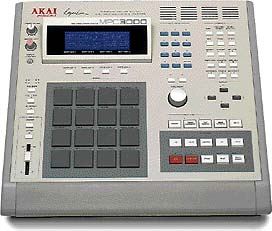
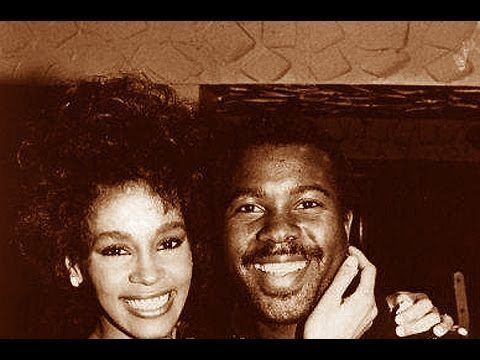
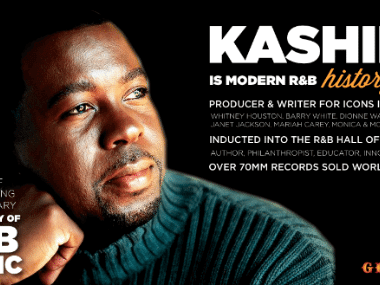
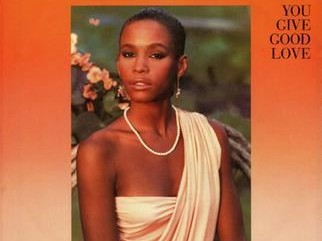
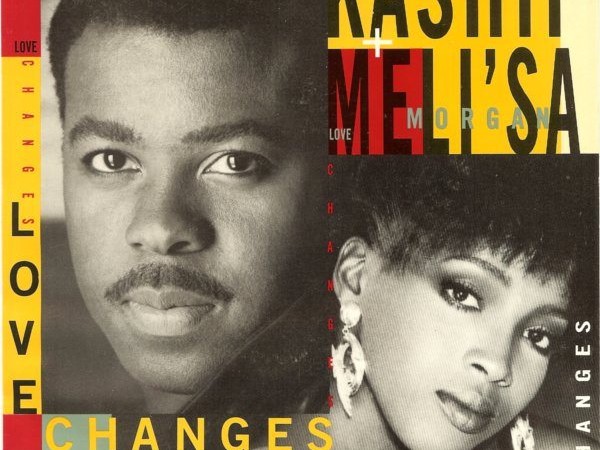
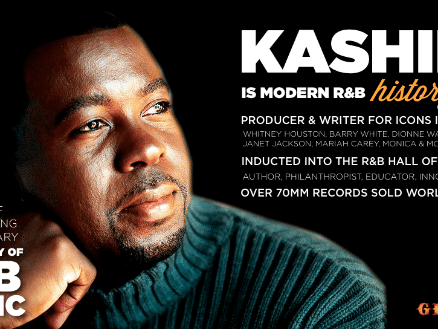

Thank you so much!!!!!! It was so kind of you to go through the trouble of giving me all those details, I deeply appreciate it! I have been searching day and night and couldn’t figure it out for a performance! Thank you!!!!!!
Stay Blessed!
I know this post is a bit old, but I figured I would try my luck, I love your article and it explained so much, and then I went further on to listen to the song and came across a live version “Whitney Houston- you give good love on the Johnny Carson show” I’m trying to find out which key she sings in that version????
Thank you for your time
Hi there!
Thanks so much for checking out the article. I just listened to the clip and what they are doing in this arrangement key wise is it begins in F Major on the intro and first verse then the first modulation at the middle 8 takes the song to Ab Major where it remains there for the 2nd verse and when the song modulates again in the 2nd middle 8 it goes to B Major where it remains for the rest of the song. What they are utilizing here are 3rd and relative relationships. F – Ab is a third and F minor is the relative minor of Ab Major and Ab – B is a third relationship and Ab minor is the relative minor of B.
La La should consider herself a musical genius! And Ivan, dude, you’re not too far behind. You’ve got such a way with words!!! I found myself taking notes!
Tiffany thanks so much for your kind words for me I’m quite humbled and I agree wholeheartedly about La La’s genius. She wrote one heckuva a song, the craftsmanship is beyond words and to have that glorious voice record this song.
La La i love the way you perform “Show Me”
Thank you Lala for your music, comments and your support. Your gifts, wisdom and experience are priceless and we’re honored that you dropped by. (And yes, Ivan is quite the connoisseur)!
No you haven’t said too much at all. That’s what we’re all about here and I think so many aspiring writers/artists etc., can benefit from your sage words. Thank you for the compliment, I’m just fortunate, I guess that I have always been drawn to great music. Your music endures because of the beautiful spirit in which it was created. I would love to chat with you at some point about those tools and maybe how we are not equipping people who need them with them.
My pleasure, Ivan. Thank you. I am humbled by your astute analysis. Sounds as if you are the connoisseur. Yes, as a child, I was a classically trained pianist. But I consider myself lucky to have been born and raised in the Baptist church, as well as in the golden era when gospel, jazz, rock, soul, and funk music merged to become a global cultural phenomenon. My journey provided me with the tools necessary to navigate the power, greed, mediocrity, and genius in the recording industry. Oh, now I’ve said too much. To my GFM family: You Give Good Love to me!
Lala, I must say on behalf of the entire GFM family it is an honor and a privilege to have you comment on this post! Thank you so much for all the music.
Thank you, Rick. In my humble opinion, you give good love, too.
I swear Ivan you kill me with these dissertations. You got my mind swimming over here but I love it! I always learn something from you.
Thank you so much Rick! I really appreciate that coming from a musical connoisseur like yourself.
Dope article!